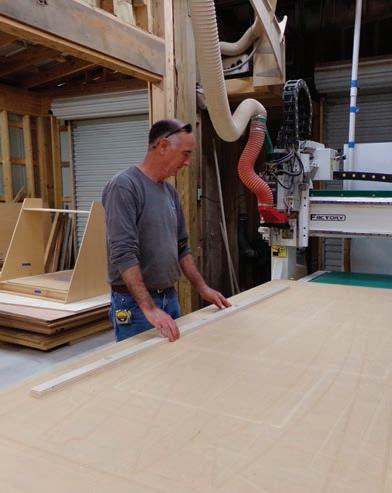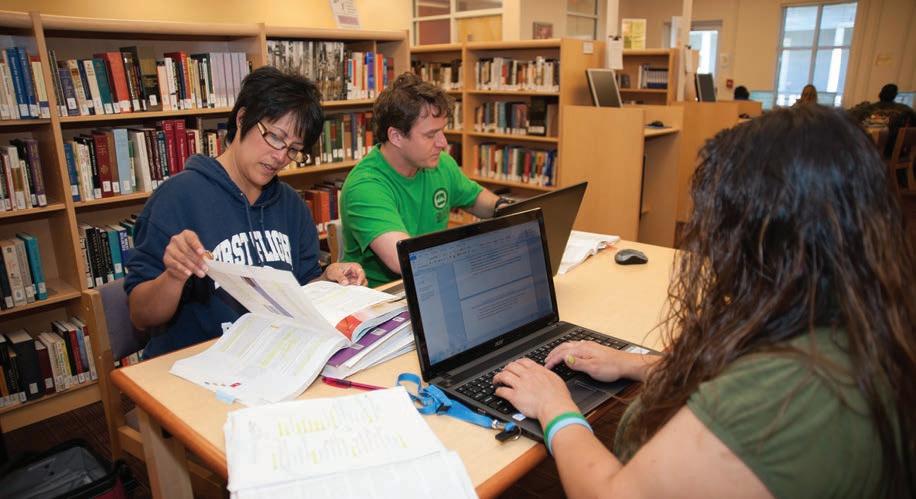Outlook 2021 • 13 dents can probably recall periods of days and even weeks without power due to inclement weather or equipment failures. Although they do still happen, Vernesoni attributes improved service to better built equipment, better equipment designs, better line insulators and regular maintenance. Along with those improvements have been power increases to meet modern day demands. Vernesoni said when he started, those overhead lines carried 34,500 volts. Today most lines on the island are at 115,000 volts. With any voltage comes a need for safety. According to a 2019 Kiplinger article by Stacy Rapacon, and other survey results, power lineman rank among the top 10 most dangerous jobs in America. “Electricity is always a present danger,” said Vernesoni. “Working with charged lines takes some mental toughness. One mistake can make a life changing difference, if not end it.” He went on to say that while linemen like to kill the power when they can, that is not always possible, leaving them inches from a charged power line. Vernesoni
said so far he’s been fortunate to have never been needed on a mayday rescue call. One reason might be the focus on safety. “You might say we are inspectors,” Vernesoni added. “We spend a lot of time inspecting our gear, inspecting the truck, the safety equipment and checking the poles.” Training is also an important key to job safety. There is always continuing education. According to Vernesoni there is ongoing CPR training, hazard recognition, forklift operations, first aid and regular safety meetings. “Safety is a top priority,” he added. “So we are always training with safety in mind.” Vernesoni said when he started, most of the training was through on-the-job activities. These days, however, it’s not at all unusual for a new recruit to have already graduated from some type training program like the Electric Line Academy offered at Nash Community College. “I was a green recruit when I started,” he said. “I started with no formal electrical experience and they trained me from the ground up.” Vernesoni said he had dabbled in construction and a few
other careers, but after getting married he decided to look for something with benefits. When he heard the co-op was hiring, he put in an application. Little was required other than having a Class A CDL and meeting a few physical requirements. “The job can be physically tough with a lot of heavy lifting, pulling and climbing,” he explained. “Anyone afraid of heights gets weeded out early.” Those who stick with it are not going to see a typical 9-5 job. Some work days are actually at night and no two work days are the same. “Every day is different,” Vernesoni explained. “Some days it’s the weather, other days it is the traffic. At times it’s the poles or the height of the pole and other days it can be the voltage.” There are even days when the work is not restricted to just Hatteras Island. Just like when other crews descend on the Outer Banks following a major devastating storm, Vernesoni and his fellow workers have headed out to Alabama, Georgia and Louisiana to help in those storm-impacted areas. “We are always more than glad to help other co-ops when called,” Vernesoni added. “They come help us and we’re ready to go help them. And the guys are treated like rock stars after a storm event." CHEC photo
Workers complete a maintenance project at the Cape Hatteras Electric Cooperative Buxton Substation.


















